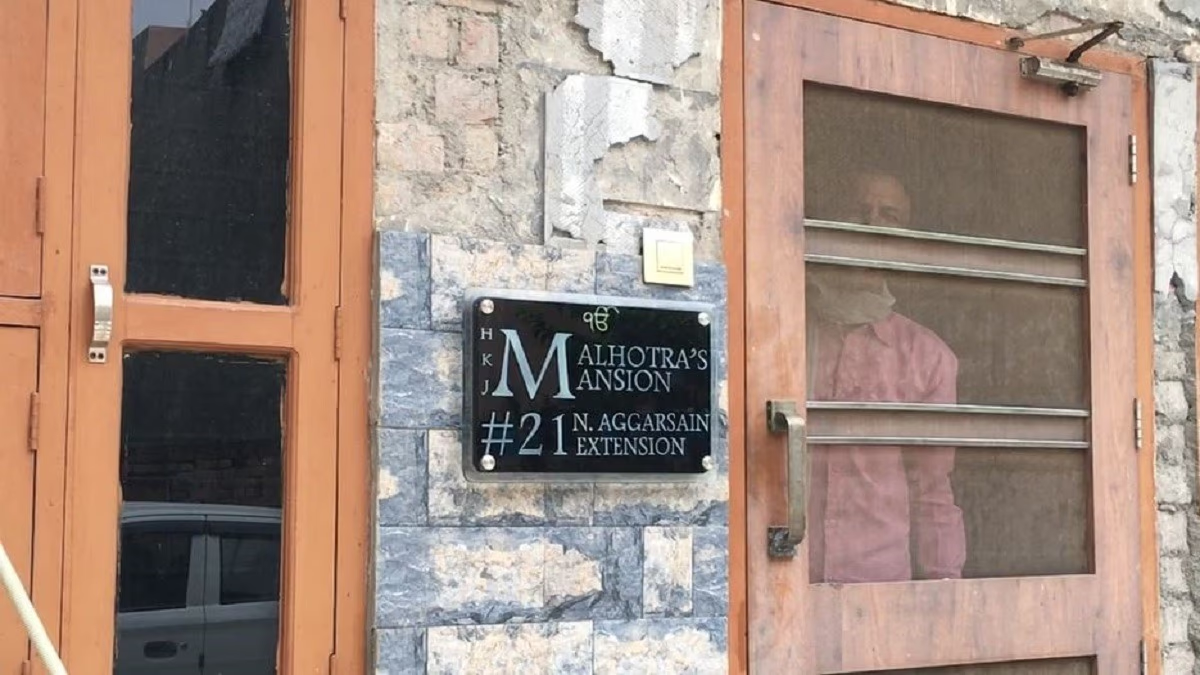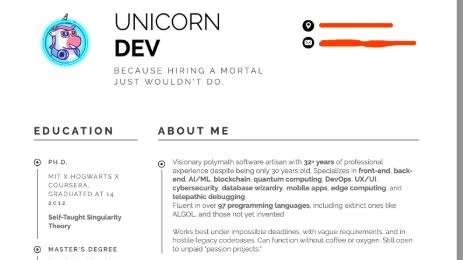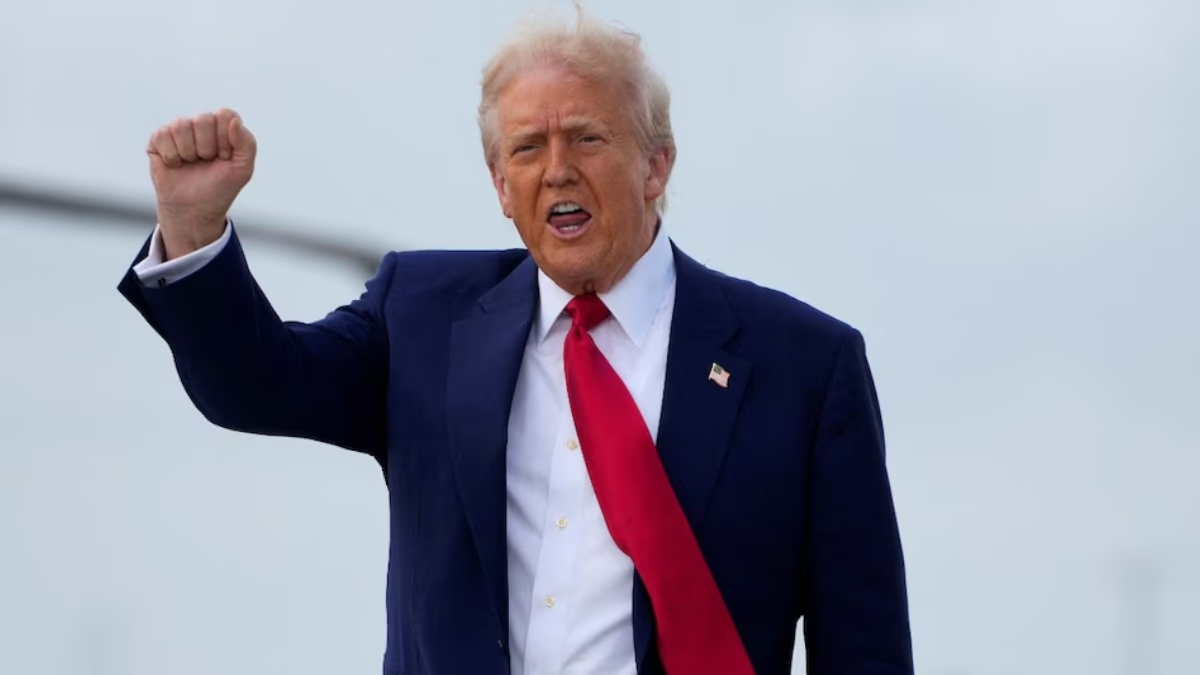The Gaza Strip bears witness to charred buildings, and children wounded amidst smoke-covered streets, set against the backdrop of Israeli Prime Minister Benjamin Netanyahu meeting with U.S. President Donald Trump in Washington, D.C. The pressing question is whether a real solution can emerge or if images of peace will remain confined to the cameras.
On Monday, a Hamas tunnel attack in Gaza claimed the lives of five Israeli soldiers, coinciding with Netanyahu's U.S. visit and discussions with Donald Trump. This incident highlighted that ground realities are far harsher than diplomatic endeavors. Netanyahu's meetings also included U.S. Secretary of State Marco Rubio, Middle East Special Envoy Cynthia Whitcoff, and ultimately, President Donald Trump.
According to sources, key topics included the Gaza conflict, Hezbollah’s activities on the northern border, Iran-backed Houthi rebels, and the growing pressure from the American Jewish community for resolution. However, a powerful attack in Gaza, leading to the death of Israeli soldiers, underscored the pervasive gap between diplomacy and reality.
The Gaza conflict has persisted since October 2023. A Hamas attack on October 7 resulted in 1,200 Israeli citizens killed, with 251 taken hostage. Israel has since been conducting extensive airstrikes. Statistics indicate over 60,000 casualties and millions injured, including a significant number of children, elderly, and women. Many regions in Gaza have turned into ruins.
Recently elected U.S. President Donald Trump is striving to end this conflict. He mentioned, "The people of Gaza are going through hell and they need protection." The question arises—can Trump bring peace to the Gaza conflict as he did with a ceasefire in the Iran-Israel war within 12 days? Efforts for a ceasefire have accelerated with mediation by the United States, Qatar, and Egypt.
Insiders suggest a phased implementation of the ceasefire plan. The first phase would see Hamas release 10 out of 50 Israeli hostages, with Israel reciprocating by releasing Palestinian prisoners. Israel would withdraw its forces from northern Gaza in the next phase. The final phase would involve discussions for a permanent ceasefire. Yet, a major stumbling block is Hamas’ demand for a complete Israeli military withdrawal and the lifting of blockades.
For Israeli Prime Minister Benjamin Netanyahu, the U.S. trip is more than a diplomatic mission, as the pressure for a ceasefire in Gaza intensifies. Discontent is evident among Western nations and the internal Jewish community in the U.S. Protests against him have erupted within Israel, with divisions surfaced in the war cabinet, and questions raised over government policies concerning hostage release. Netanyahu is clearly under pressure.




